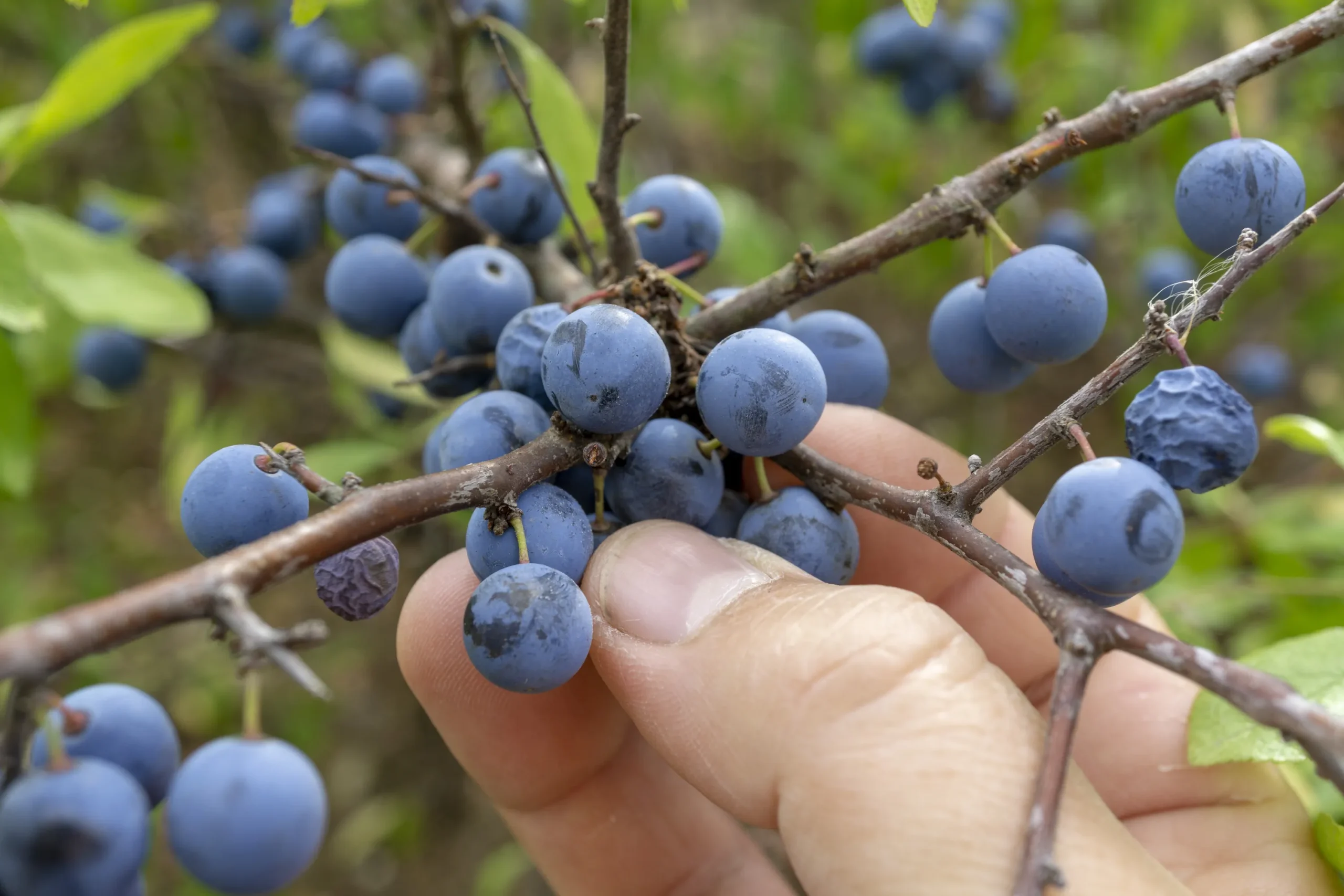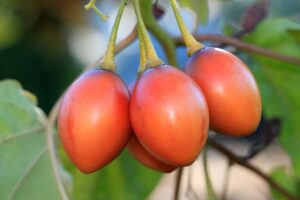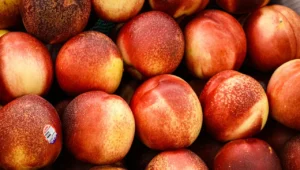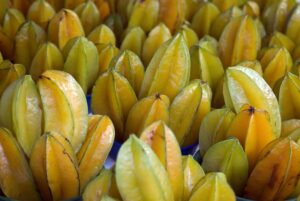How to Grow and Care for Sloe: A Complete Guide
Sloe berries, the fruit of the blackthorn shrub (Prunus spinosa), are gaining popularity in the United States for their culinary and medicinal properties. While traditionally known in Europe for flavoring gin and making preserves, these tart berries are now finding their way into American gardens and kitchens. This comprehensive guide will walk you through everything you need to know about growing and caring for sloe plants in various settings, from garden plots to containers, with special attention to growing conditions in the US market.
What is Sloe?
Sloe is the fruit of the blackthorn shrub, a member of the rose family that’s closely related to plums. The blackthorn is a deciduous shrub or small tree with sharp thorns, dark bark, and white blossoms that appear in early spring before the leaves emerge. The small, round, blue-black fruits (sloes) ripen in autumn and have a distinctively astringent taste when raw but transform wonderfully when processed.
According to the USDA Natural Resources Conservation Service, blackthorn shrubs are adaptable to various soil types and can serve multiple purposes in your landscape, from wildlife habitat to hedgerow barriers.
Growing Sloe in the US: Climate and Site Selection
Before planting your blackthorn shrub, it’s important to understand its climate preferences and site requirements to ensure successful growth.
Climate Zones
Blackthorn shrubs are hardy in USDA zones 4-8, making them suitable for cultivation across much of the United States. They’re particularly well-adapted to:
- The Northeast
- Mid-Atlantic states
- Pacific Northwest
- Parts of the Midwest
In warmer southern regions (zones 9-10), blackthorn may struggle with insufficient winter chilling hours. In these areas, you’ll want to position your shrubs in spots that receive morning sun but afternoon shade.
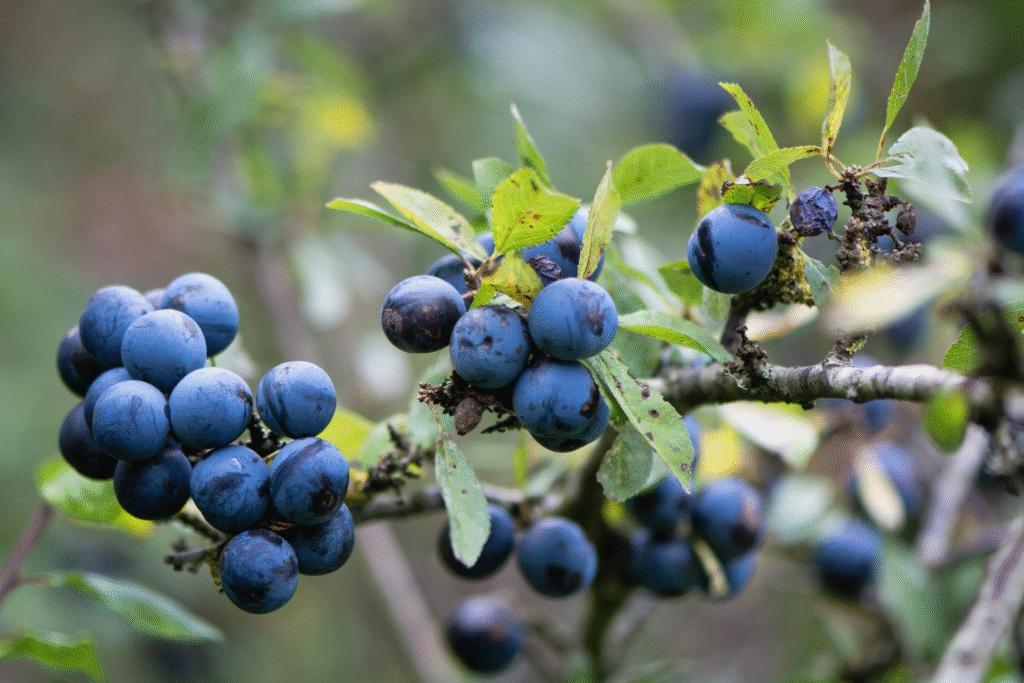
Site Selection
When choosing where to plant your blackthorn, consider these factors:
- Sunlight: Prefers full sun to partial shade
- Soil: Adaptable to most soil types but prefers well-draining soil
- Space: Allow 8-10 feet between plants as mature shrubs can reach 10-15 feet in height and spread
- Wind protection: While relatively wind-resistant, young plants benefit from some shelter
How to Plant Sloe from Seed
Growing sloe from seed requires patience but can be rewarding. Here’s your step-by-step guide:
Seed Collection and Preparation
- Collect ripe berries in autumn (September to November)
- Remove the pulp by gently crushing the berries and rinsing in water
- Stratify the seeds to break dormancy:
- Place cleaned seeds in a container with moistened sand or peat moss
- Refrigerate for 3-4 months to simulate winter conditions
- Check periodically to ensure the medium remains moist
Planting the Seeds
- Prepare small pots with a mix of potting soil and compost
- Plant stratified seeds about 1 inch deep
- Water thoroughly and keep soil moist but not waterlogged
- Place in a sheltered location with bright, indirect light
- Be patient – germination can take 1-3 months and may be irregular
Seedling Care
- Maintain consistent moisture for young seedlings
- Protect from harsh weather and strong direct sunlight initially
- Transplant to larger pots when seedlings reach 4-6 inches tall
- Harden off gradually before planting in a permanent location
Growing Sloe in Garden Plots
Blackthorn shrubs make excellent additions to larger gardens, providing structure, seasonal interest, and of course, berries for harvest.
Soil Preparation
- Test your soil to determine pH and nutrient levels – blackthorn prefers slightly acidic to neutral pH (6.0-7.0)
- Amend soil if necessary with compost to improve fertility and drainage
- Clear the area of weeds and grass before planting
Planting Process
- Dig a hole twice as wide as the root ball and of equal depth
- Position the plant at the same level it was growing in its container
- Backfill with soil, firming gently to eliminate air pockets
- Water thoroughly after planting
- Apply mulch around the base, keeping it away from the stem
Spacing and Planning
When planning your garden layout, remember that blackthorn:
- Can grow 10-15 feet tall and wide at maturity
- Makes an excellent hedgerow or property boundary
- Works well in wildlife gardens and natural planting schemes
- Can be used effectively as a security barrier due to its thorns
Growing Sloe in Containers
If you have limited space or want to grow sloe on a patio or balcony, container cultivation is possible with the right approach.
Container Selection
- Choose a large container – minimum 18-24 inches in diameter and depth
- Ensure good drainage with multiple drainage holes
- Consider material – ceramic or wooden containers insulate roots better than plastic
Potting Medium
Mix equal parts of:
- Quality potting soil
- Compost
- Perlite or coarse sand (for drainage)
Container Care Requirements
| Care Aspect | Container-Grown Sloe Requirements |
|---|---|
| Watering | More frequent than garden plants; water when top 1-2 inches of soil feels dry |
| Fertilizing | Apply balanced, slow-release fertilizer in spring and mid-summer |
| Pruning | Annual pruning to maintain manageable size |
| Winter Protection | Move to sheltered location or insulate container in zones 4-5 |
| Repotting | Every 2-3 years or when roots become crowded |
Ongoing Care for Sloe Plants
Whether growing in the ground or containers, blackthorn requires regular maintenance to thrive and produce good harvests.
Watering Requirements
- Newly planted shrubs: Water deeply once or twice weekly during the first growing season
- Established plants: Relatively drought-tolerant but benefit from supplemental watering during extended dry periods
- Timing: Water in the morning to allow foliage to dry before evening
Fertilization
- Spring application: Apply a balanced organic fertilizer (like 10-10-10) in early spring
- Mulching: Renew organic mulch annually to add nutrients and retain moisture
- Signs of deficiency: Yellowing leaves may indicate nitrogen deficiency; apply additional compost or nitrogen-rich fertilizer
Pruning and Training
- When to prune: Late winter or early spring before new growth appears
- What to remove:
- Dead or diseased branches
- Inward-growing branches
- Crossed or rubbing branches
- Suckers from the base (unless you want the plant to spread)
- Rejuvenation: For older plants, remove up to 1/3 of older stems at the base to encourage new growth
Common Pests and Diseases
Like other Prunus species, blackthorn can be susceptible to certain issues:
Pests:
- Aphids
- Spider mites
- Caterpillars
- Japanese beetles
Diseases:
- Leaf curl
- Powdery mildew
- Black knot
- Silver leaf
Prevention and Treatment:
- Ensure good air circulation through proper spacing and pruning
- Apply organic insecticidal soap for insect infestations
- Remove and dispose of diseased material promptly
- Apply appropriate fungicides for fungal infections according to package directions

Harvesting and Using Sloe Berries
The culmination of your hard work is harvesting and using these versatile berries.
When to Harvest
- Timing: Sloes typically ripen in late autumn (October-November)
- Indicators of ripeness: Berries should be deep blue-black and slightly soft to the touch
- Traditional wisdom: Some foragers wait until after the first frost, which helps soften the berries and reduce astringency
- Alternative: Place freshly picked berries in the freezer for 24-48 hours to simulate frost conditions
Harvesting Methods
- Wear thick gloves to protect yourself from thorns
- Pick berries individually or gently shake branches over a collecting sheet
- Select firm, unblemished fruits for longest storage life
- Process promptly or store in the refrigerator for up to a week
Culinary Uses for Sloe Berries
While too astringent to eat raw, sloes transform beautifully in various preparations:
Sloe Gin and Other Alcoholic Infusions
The classic use for sloes is in making sloe gin, a popular flavored spirit:
- Prick each berry with a clean pin
- Fill a jar halfway with berries
- Add sugar (about 1/4 cup per cup of berries)
- Fill with gin
- Seal and store in a cool, dark place for 2-3 months, shaking occasionally
- Strain and bottle the resulting ruby-colored liqueur
Preserves and Condiments
- Sloe jelly: Combines well with apples for a tart-sweet spread
- Sloe syrup: Delicious over pancakes or ice cream
- Sloe sauce: A tangy accompaniment to game meats and poultry
- Sloe vinegar: Adds complexity to salad dressings and marinades
Landscaping with Blackthorn
Beyond their culinary value, blackthorn shrubs offer multiple landscape benefits.
Ornamental Value
- Spring blossoms: Profuse white flowers appear before leaves emerge
- Fall fruits: Blue-black berries provide visual interest
- Winter silhouette: Distinctive dark branches and thorns add structure
- Wildlife support: Provides habitat and food for birds and pollinators
Companion Planting
Blackthorn works well planted alongside:
- Elderberry
- Wild roses
- Hawthorn
- Serviceberry
- Native grasses
Sustainable Landscaping Benefits
According to the USDA Forest Service, shrubs like blackthorn can provide valuable ecosystem services:
- Erosion control on slopes
- Windbreak protection
- Wildlife habitat creation
- Carbon sequestration
- Visual screening

Propagation Methods Beyond Seeds
While growing from seed is rewarding, other propagation methods offer faster results.
Suckers
- Identify healthy suckers growing from the base of established plants
- Dig carefully to expose where the sucker connects to the parent plant
- Cut the sucker with roots attached using a sharp, clean tool
- Replant immediately in a prepared location or container
- Water thoroughly and provide extra care until established
Hardwood Cuttings
- Take 8-12 inch cuttings from dormant, one-year-old wood in late fall or winter
- Remove lower leaves and treat cut end with rooting hormone
- Insert cutting into a pot with moist rooting medium or directly into prepared garden soil
- Keep soil consistently moist until rooting occurs (typically by spring)
- Transplant rooted cuttings to permanent locations the following autumn
Conclusion: Embracing Sloe in American Gardens
As interest in foraging, traditional foods, and sustainability grows across the United States, the blackthorn shrub offers American gardeners a versatile and rewarding addition to their landscapes. Whether you’re drawn to sloe for its culinary applications, its landscape value, or its wildlife benefits, this hardy European native has much to offer in American gardens.
With proper site selection, patient establishment, and regular maintenance, you can enjoy the unique fruits of the blackthorn shrub for many years to come. As you experiment with different uses for your harvest, you’ll discover why this plant has been valued for centuries in traditional European cuisine and folk medicine, and why it deserves a place in contemporary American gardens and kitchens.
Remember that while blackthorn takes time to establish, its longevity and multiple benefits make it well worth the initial investment of time and care. With the information in this guide, you’re well-equipped to successfully grow and enjoy sloe in your own landscape.
